Kyphosis, also known as hunchback, is a disease that occurs when the spine is flexed forward.
In recent years, hunchback due to a posture disorder is frequently seen for reasons such as sitting at a desk for a prolonged time. In the case that the present hunchback is noticeably improved when an individual who hunch his/her back is told to stand upright, this is possibly a hunchback caused by the posture disorder.
The curvature of the structural hump is above 55 degrees while the person is standing and the arms are ahead. The most common type of kyphosis is Scheuermann’s kyphosis which is mostly seen during adolescence, in particular in boys between the ages of 10 and 18 years. Although familial factors are thought to be effective, the cause is unknown. It occurs when the spines lose their rectangular shape and become triangular.
Signs of Scheuermann’s Kyphosis
Scheuermann’s kyphosis usually occurs between the ages of 8-12 years. The disease accompanied by pain is more common in boys. The most common curvature is in the dorsal region. In some cases, the curvature is more pronounced at the junction of the back and waist.
Treatment of Scheuermann’s Kyphosis
Kyphosis of up to 60 degrees is followed-up. Kyphosis of up to 75 degrees is treated with a corset. These corsets are specially designed for the child as in the scoliosis and are worn for an average of 20-22 hours a day until the child has completed his/her development.
Kyphosis of above 75 degrees is operated. Surgery is needed as kyphosis may affect the respiratory tract, circulatory system and locomotor system. The patient is discharged within 5-7 days after the surgery. The child may reach a level sufficient to go to the school within three weeks.

